Critics reviews
Proprietor Laurent Champs makes some of the region’s most distinctive Champagnes. The Vilmart wines are characterized by an extreme sense of elegance, clarity and definition. The domaine’s eleven hectares of vineyards are planted with 60% Chardonnay, 36% Pinot Noir and 4% Pinot Meunier, with vine ages ranging from 35 to 55 years, clearly towards the older side of the spectrum in the region. Champs prefers oak aging for his wines. The entry-level wines are aged in cask, while the top selections spend time in smaller French oak barrels.
(Antonio Galloni - Wine Advocate - Dec 08)
About this WINE

Champagne Vilmart & Cie
One is in no doubt, when chatting and tasting with the affable Laurent Champs of Champagne Vilmart, that one is in the presence of a very assured and gifted winemaker, a visionary in the mould of his close friend Anselme Selosse.
One must listen and taste carefully here however; it is easy to draw the wrong conclusions, be they from the somewhat grandiose architecture of the property or the seemingly ambitious winemaking, most of which relies on oak barrels and battonage, or, conversely, from the reputation of Rilly La Montagne for making sound but not spectacular wines. The answer to the enigma, as always, is located in the glass.
These wines are neither over-made, nor mediocre. Instead they represent some the best examples to come from the Montagne de Reims; the well-named Coeur De Cuvée is now one of the most sought-after of all Champagnes.

Champagne blend
Which grapes are included in the blend, and their proportion, is one of the key factors determining the style of most Champagnes. Three grapes are used - Pinot Noir, Chardonnay and Pinot Meunier.
26% of vineyards in Champagne are planted with Chardonnay and it performs best on the Côtes des Blancs and on the chalk slopes south of Epernay. It is relatively simple to grow, although it buds early and thus is susceptible to spring frosts. It produces lighter, fresher wines than those from Burgundy and gives finesse, fruit and elegance to the final blend. It is the sole grape in Blancs de Blancs, which are some of the richest long-lived Champagnes produced.
Pinot Noir accounts for nearly 40% of the plantings in Champagne and lies at the heart of most blends - it gives Champagne its body, structure, strength and grip. It is planted across Champagne and particularly so in the southern Aube district.
The final component is Pinot Meunier and this constitutes nearly 35% of the plantings. Its durability and resistance to spring frosts make the Marne Valley, a notorious frost pocket, its natural home. It ripens well in poor years and produces a soft, fruity style of wine that is ideal for blending with the more assertive flavours of Pinot Noir. Producers allege that Pinot Meunier lacks ageing potential, but this does not deter Krug from including around 15% of it in their final blends.



Buying options
Add to wishlist
Description
By amazing co-incidence, Vilmart's Coeur de Cuvée is another of the very finest Champagnes of our visit! As the name implies, this is the best of the best, its fruit coming from the heart of the pressed fruit, which has provided the sweetest yet the most structured juice. A blend of 80% Chardonnay and 20% Pinot Noir from 50 year-old vines, this is nutty, rich and powerful, a connoisseurs’ Champagne and more than a match for gastronomic treats such a foie gras and pan-fried scallops.
(Simon Field MW, BBR Buyer)
wine at a glance
Delivery and quality guarantee